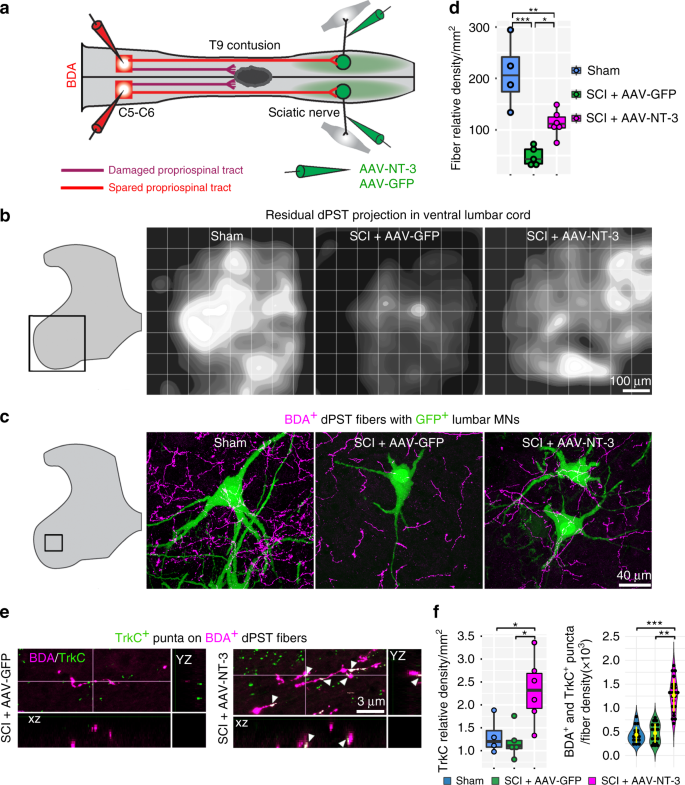

For joint kinematics, greater maximal running speed was associated with more extended knee joint angle at the mid-support ( Yada et al., 2011), smaller knee joint angle at toe-off ( Bushnell and Hunter, 2007 Yada et al., 2011), greater minimal knee joint angle during the swing phase ( Ito et al., 2008), greater hip extension velocity during the support phase ( Ae et al., 1992 Ito et al., 2008), and smaller knee extension velocity during the support phase ( Ito et al., 2008). Accordingly, examining the determinants of maximal speed sprinting performance is valuable not only for improving 100-m race performance but also for enhancing performance in other events.Īssociations of leg kinematics and maximal speed sprinting performance have broadly been investigated ( Kunz and Kaufmann, 1981 Alexander, 1989 Ae et al., 1992 Bushnell and Hunter, 2007 Ito et al., 2008 Yada et al., 2011 Toyoshima and Sakurai, 2016 Haugen et al., 2018). In addition, the potential to run at greater maximal speed will improve performance for 200- and 400-m races and also the long- and triple jumps ( Hanon and Gajer, 2009 Koyama et al., 2011 Panoutsakopoulos et al., 2016). Therefore, maximal speed sprinting is of great importance for a 100-m race. Maximal speed during a 100-m race is strongly related to total race time ( Slawinski et al., 2017). The regression equations obtained in this study will be useful for sprinters when trying to improve their maximal speed sprinting motion. At a given running speed, leg length and step frequency, a greater swing/support ratio will be accompanied with a greater thigh angle at contralateral foot strike and smaller knee extension angular displacement and velocity during the support phase. At a given running speed and leg length, higher step frequencies will be achieved with a greater thigh angle at contralateral foot strike and smaller knee flexion and extension ranges during the support phase. Longer-legged sprinters will accomplish the same running speed with a greater thigh angle at contralateral foot strike, greater knee flexion range, and smaller maximal leg backward swing velocity during the support phase. Based on the results, at a given leg length, faster maximal speed sprinting will be accompanied with greater thigh angle at the contralateral foot strike, greater maximal leg backward swing velocity during the swing phase, and smaller knee extension range during the support phase. For support leg kinematics, a significant regression model was obtained to predict knee flexion and extension angular displacements, maximal knee extension velocity, maximal leg backward swing angular velocity, and the other 13 kinematic variables (adjusted R 2 = 0.134–0.757, medium to large effect). For swing leg kinematics, a significant regression model was obtained to predict thigh angle at the contralateral foot strike, maximal knee flexion and thigh lift angular velocities, and maximal leg backward swing velocity (adjusted R 2 = 0.194–0.378, medium to large effect). Multiple regression equations to predict leg kinematics of maximal speed sprinting were successfully obtained. From the video images, leg kinematic variables were obtained and used as dependent variables for multiple linear regression equation with predictors of running speed, leg length, step frequency, and swing/support ratio. Seventy-nine male sprinters performed a maximal effort 60-m sprint, during which they were videoed through the section from the 40- to 50-m mark. This study aimed to provide multiple regression equations taking into account differences in running speed, leg length, and step characteristics to predict kinematics of maximal speed sprinting. 4Department of Sports and Health Sciences, Fukui University of Technology, Fukui, Japan.3Faculty of Health and Sports Sciences, University of Tsukuba, Ibaraki, Japan.2National Institute of Fitness and Sports in Kanoya, Kanoya, Japan.


Kenji Miyashiro 1, Ryu Nagahara 2 *, Kohei Yamamoto 3,4 and Takahiko Nishijima 3


 0 kommentar(er)
0 kommentar(er)
